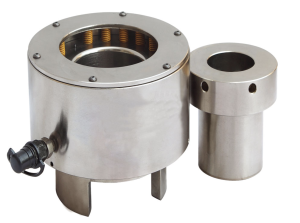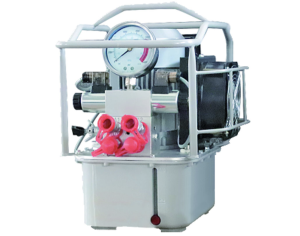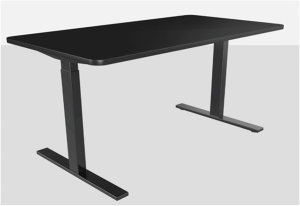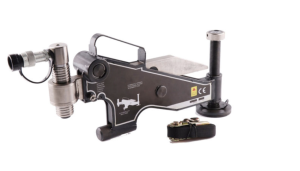In fluid power systems, hydraulic pumps and power units are pivotal in generating, controlling, and transmitting hydraulic power. These essential components form the backbone of various industries. In this article, we’ll explore the world of hydraulic pumps and power units, exploring their functions, types, applications, and the latest advancements.
The Power Generation Source
Hydraulic pumps are the workhorses responsible for generating hydraulic power by converting mechanical energy into fluid energy. They are the first step in the hydraulic system, and their primary function is to provide the necessary force to move hydraulic fluid through the system. There are several types of hydraulic pumps, each with its unique characteristics, including gear pumps, vane pumps, and piston pumps.
Simple and Reliable
Gear pumps are one of the most common types of hydraulic pumps. They operate on the principle of two intermeshing gears that create a seal and force fluid from the inlet to the outlet. Gear pumps are ideal for applications requiring moderate pressure and flow rates, such as automotive power steering systems.
Smooth and Efficient
Vane pumps use rotating vanes or blades to create a continuous flow of hydraulic fluid. They offer smoother operation and higher efficiency compared to gear pumps. Vane pumps are often used in industrial machinery, such as injection molding machines and plastic extruders, where precise control of hydraulic power is essential.
High Pressure and Versatility
Piston pumps are the heavy lifters of the hydraulic pump world. They can handle high-pressure applications and are capable of delivering variable flow rates. These pumps are commonly found in construction equipment, such as excavators and bulldozers, where the ability to lift heavy loads and provide precise control is crucial.
Combining Components for Optimal Performance
While hydraulic pumps are the heart of a hydraulic system, power units are the brains and muscles, combining various components to deliver hydraulic power where needed. A hydraulic power unit typically consists of a pump, reservoir, motor, and control valves. These units come in various sizes and configurations to suit various applications.
Customization is Key
One of the advantages of hydraulic power units is their flexibility and customization options. Engineers can design power units to meet specific requirements, considering flow rate, pressure, and environmental conditions.
Sustainability in Hydraulic Systems
The quest for sustainability has yet to bypass the realm of hydraulic systems. As industries seek to reduce their environmental footprint, hydraulic technology is undergoing a green transformation. Innovations in hydraulic components and fluid formulations aim to minimize energy consumption, decrease emissions, and enhance overall efficiency.
Bio-Based Hydraulic Fluids: Traditional hydraulic fluids are often petroleum-based, contributing to pollution and resource depletion. Bio-based hydraulic fluids from renewable sources offer a more sustainable alternative. These biodegradable fluids reduce environmental impact and extend the lifespan of hydraulic components.
Efficiency Enhancements: Advances in hydraulic pump and power unit design focus on optimizing efficiency, which results in reduced energy consumption. Modern systems are engineered to waste less energy in the form of heat and noise, contributing to cost savings and eco-friendly operation.
The Unsung Heroes of Industry
Hydraulic pumps and power units are the unsung heroes behind countless industries, providing the necessary force and control for various applications. Their reliability, versatility, and adaptability continue to make them essential components in the ever-evolving world of fluid power systems.





